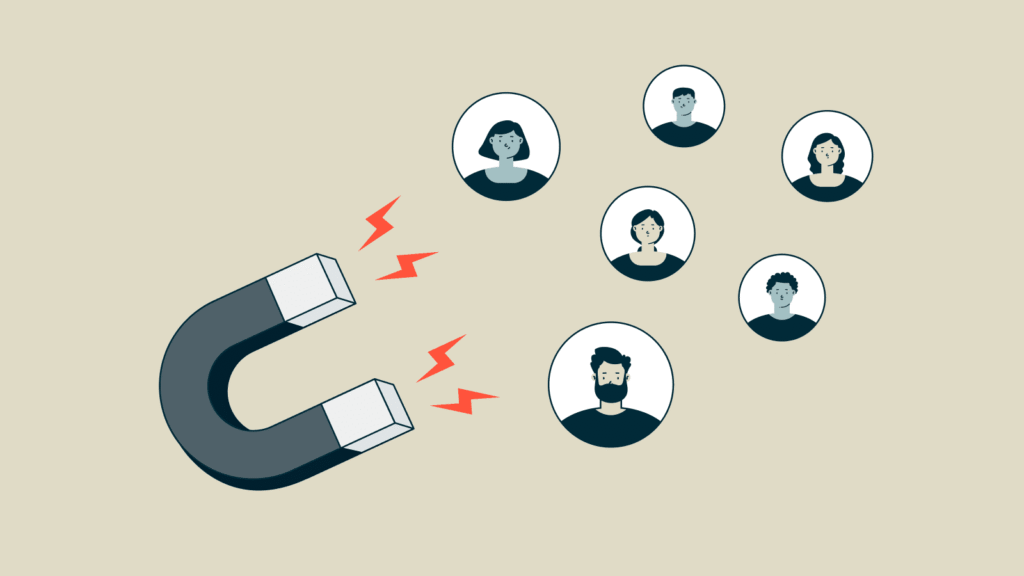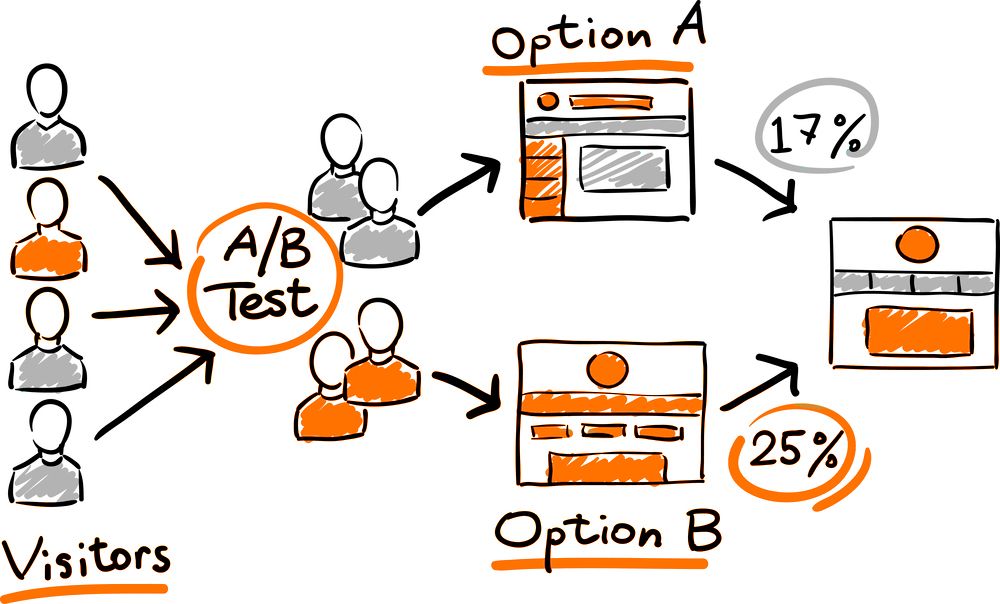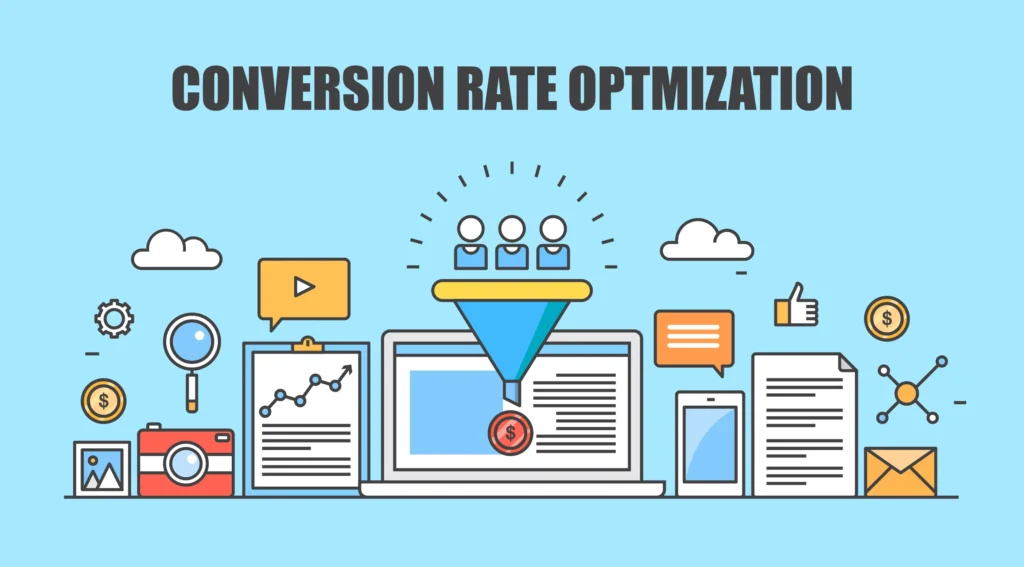In today’s highly competitive marketplace, attracting new customers is important, but retaining existing ones is even more vital for sustainable business growth. Customer retention refers to the ability of a company to keep its customers over time, encouraging repeat purchases and fostering loyalty. Businesses that excel at customer retention enjoy greater profitability, stronger brand reputation, and a more stable revenue stream.
This comprehensive guide will explore why customer retention matters, the benefits it brings, and proven strategies to boost retention rates effectively.
Why Customer Retention Should Be a Top Priority
1. Cost-Effectiveness: Retaining Customers Is Cheaper Than Acquiring New Ones
Studies consistently show that acquiring a new customer can cost five to seven times more than keeping an existing one. Marketing campaigns, sales efforts, onboarding, and promotions require significant investment. By focusing on retention, companies reduce these costs dramatically.
2. Higher Revenue from Loyal Customers
Existing customers tend to spend more over time. According to research, repeat customers are likely to spend 67% more than new customers. This is because they have already developed trust in your brand and are more willing to explore additional products or services.
3. Brand Advocacy and Word-of-Mouth Marketing
Satisfied customers often become brand ambassadors, recommending your business to friends, family, and colleagues. This organic word-of-mouth marketing is invaluable, as referrals tend to convert at higher rates and cost less than traditional advertising.
4. Competitive Advantage and Market Stability
In industries where products and services are similar, customer retention can differentiate your business. Loyal customers provide a steady revenue base that helps weather market fluctuations and competitive pressures.
Understanding Customer Retention Metrics
To effectively manage retention, it’s essential to track and analyze key metrics:
- Customer Retention Rate (CRR): Measures the percentage of customers retained over a specific period. A higher CRR indicates better customer loyalty.
- Churn Rate: The percentage of customers lost during a given timeframe. Reducing churn is a primary goal of retention strategies.
- Customer Lifetime Value (CLV): The total revenue a business expects from a customer throughout their relationship. Increasing CLV is a sign of successful retention efforts.
- Repeat Purchase Rate: The proportion of customers who make more than one purchase. This metric helps gauge the effectiveness of your retention tactics.
Proven Strategies to Improve Customer Retention
1. Deliver Exceptional Customer Service
Customer service is often the frontline of retention. Customers expect quick, helpful, and personalized responses to their inquiries or problems. Here’s how to excel:
- Train your support team to be empathetic and knowledgeable.
- Use multiple channels (phone, chat, email, social media) to provide support.
- Implement self-service options like FAQs and knowledge bases.
- Follow up after resolution to ensure customer satisfaction.
2. Understand and Anticipate Customer Needs
Leverage data analytics and customer feedback tools to gain deep insights into customer preferences, pain points, and behaviors. This understanding allows you to:
- Tailor your products, services, and communications.
- Anticipate future needs and proactively offer solutions.
- Personalize marketing campaigns to resonate with specific segments.
3. Engage Customers Regularly and Meaningfully
Maintaining ongoing communication keeps your brand top-of-mind and nurtures relationships. Effective engagement strategies include:
- Sending personalized email newsletters with valuable content.
- Creating loyalty programs that reward repeat purchases.
- Hosting webinars, events, or exclusive previews.
- Utilizing social media to interact and build community.
4. Offer Loyalty Programs and Incentives
Rewarding customers for their loyalty encourages repeat business. Popular loyalty program formats include:
- Points-based systems redeemable for discounts or gifts.
- Tiered memberships that unlock exclusive benefits.
- Referral bonuses for bringing in new customers.
- Surprise perks like birthday discounts or early access to sales.
5. Personalize the Customer Experience
Customers appreciate when businesses recognize their individual preferences. Personalization can be applied across:
- Product recommendations based on past purchases.
- Customized marketing messages that address specific interests.
- Tailored website experiences showing relevant content.
- Personalized follow-ups and offers.
6. Continuously Improve Your Products and Services
Customer feedback is a goldmine for innovation. Regularly solicit reviews, conduct surveys, and monitor social media mentions to identify areas for improvement. Demonstrating that you listen and act on feedback builds trust and loyalty.
7. Create a Seamless Omnichannel Experience
Customers interact with brands across multiple channels—online, in-store, mobile apps, social media. Providing a consistent and smooth experience across all touchpoints reduces friction and enhances satisfaction.
8. Build Emotional Connections
Beyond transactions, fostering emotional bonds with customers can significantly improve retention. Share your brand story, values, and social responsibility initiatives to connect on a deeper level.
Overcoming Common Challenges in Customer Retention
- Dealing with Churn: Identify why customers leave through exit surveys or data analysis and address those issues promptly.
- Avoiding Complacency: Even loyal customers need to feel valued continuously; don’t take their business for granted.
- Balancing Acquisition and Retention: While new customers are important, allocate sufficient resources to retention to maximize long-term profitability.
Conclusion: Making Customer Retention a Core Business Focus
Customer retention is more than just a metric—it’s a mindset that prioritizes building meaningful, lasting relationships. By delivering exceptional service, personalizing experiences, engaging consistently, and rewarding loyalty, businesses can cultivate a devoted customer base that drives sustained growth.
Investing in retention strategies not only improves profitability but also transforms customers into enthusiastic advocates who contribute to your brand’s success for years to come.





